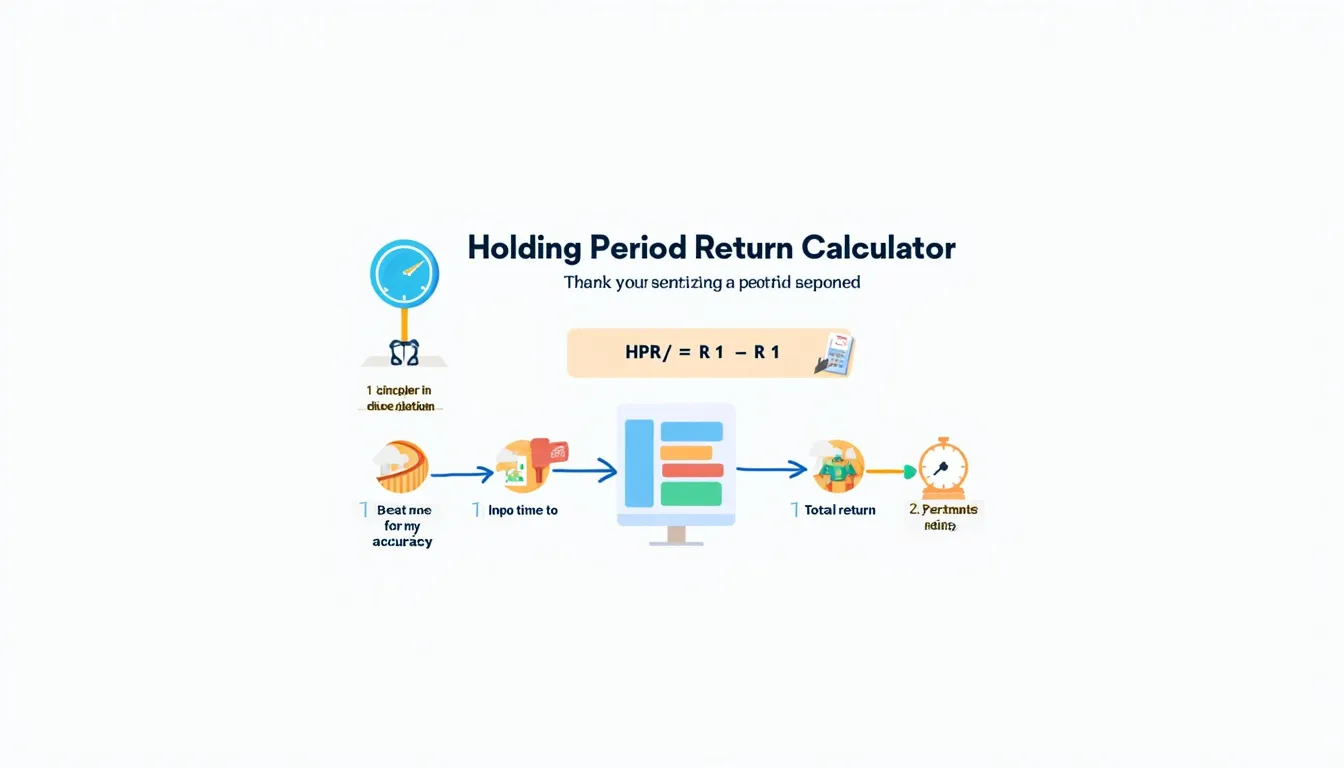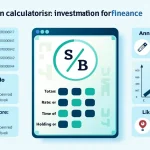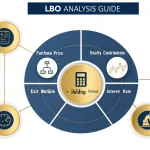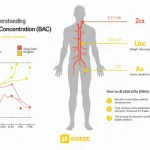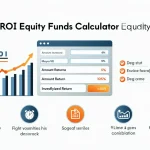Holding Period Return Calculator
Is this tool helpful?
How to use the tool
- Enter period returns: Type each return as a decimal, separated by commas. Example 1: 0.02, -0.01, 0.03. Example 2: 0.015, 0.007, -0.006, 0.012.
- Click “Calculate”: The script multiplies each term’s growth factor (1 + r).
- Read your result: The displayed percentage is your compounded Holding-Period Return.
Underlying formula
The calculator applies:
$$ HPR = rac{\prod_{i=1}^{n} (1 + r_i)}{1} – 1 $$
Worked examples
- Example 1: 0.02, -0.01, 0.03 ⇒ (1.02)(0.99)(1.03) – 1 = 0.0401 → 4.01 %.
- Example 2: 0.015, 0.007, -0.006, 0.012 ⇒ (1.015)(1.007)(0.994)(1.012) – 1 = 0.0372 → 3.72 %.
Quick-Facts
- Formula endorsed by CFA curriculum (CFA Institute, 2020).
- Input range: -1.00 to +10.00 accommodates losses to 1,000 % gains (FINRA, 2022).
- Average annual U.S. stock return ≈ 10 % (Morningstar, 2023).
- HPR aids cross-period comparison of assets (Investopedia, https://www.investopedia.com/terms/h/holdingperiodreturn.asp).
FAQs
What is a holding-period return?
Holding-period return is the percentage change in value, including reinvested income, from the moment you buy an asset until you sell it (Investopedia, https://www.investopedia.com/terms/h/holdingperiodreturn.asp).
How does the calculator compound returns?
It converts each decimal return to a growth factor (1 + r), multiplies all factors, then subtracts one to reveal the net compound change (CFA Institute, 2020).
Which decimal format should I use?
Enter 5 % as 0.05 and −2 % as -0.02. Values above 1 or below -1 invalidate the math because growth factors must stay positive (FINRA, 2022).
Can the result be negative?
Yes—if the compounded product is under one, subtracting one yields a negative HPR, signalling a loss (SEC Investor.gov, https://www.investor.gov).
Why prefer HPR over simple averaging?
Arithmetic averages ignore compounding; HPR captures sequence risk, delivering a truer performance picture (Morningstar, 2021).
Does HPR include dividends and coupons?
When you add reinvested dividends or coupons into each period’s return, HPR automatically folds them into the compound result (CFA Institute, 2020).
How do I annualise HPR?
Use $$ (1+HPR)^{ rac{1}{t}} – 1 $$ where t equals years held; this normalises multi-year returns for easy comparison (Investopedia, Annualized Return).
What’s an expert view on HPR?
“Holding-period return captures total performance, including reinvestment effects, and is essential for portfolio evaluation” — CFA Program Curriculum (CFA Institute, 2020).
Important Disclaimer
The calculations, results, and content provided by our tools are not guaranteed to be accurate, complete, or reliable. Users are responsible for verifying and interpreting the results. Our content and tools may contain errors, biases, or inconsistencies. Do not enter personal data, sensitive information, or personally identifiable information in our web forms or tools. Such data entry violates our terms of service and may result in unauthorized disclosure to third parties. We reserve the right to save inputs and outputs from our tools for the purposes of error debugging, bias identification, and performance improvement. External companies providing AI models used in our tools may also save and process data in accordance with their own policies. By using our tools, you consent to this data collection and processing. We reserve the right to limit the usage of our tools based on current usability factors.
